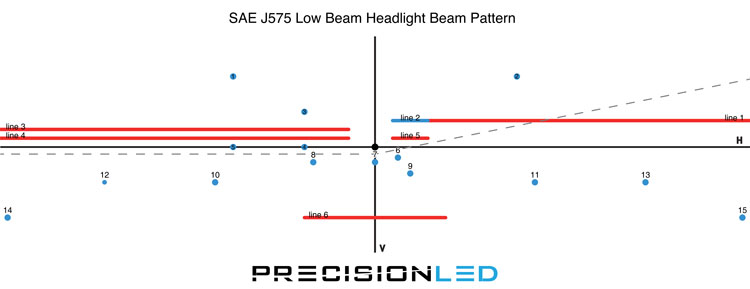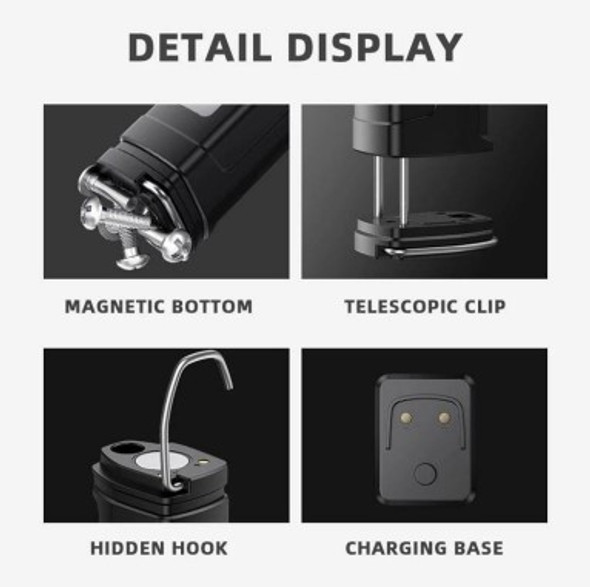Description
Finally, High Performance LED bulbs that work with your Stock HID Headlight systems.
PrecisionLED is proud to introduce our HID to LED Conversion Kepler Series 3 D1S Bulbs. These are plug and play replacements for your HID bulbs and work with your existing 35W and 55W OEM Ballasts. Simply remove your worn out HID bulbs, plug in our Kepler D1S bulbs and tuck the cables into your enclosure, it really is that easy!
2007 - Present BMW M3 E92 Kepler Series HID to LED Headlights Package Includes:
-
1 Pair of Kepler D1S LED Headlights
-
Installation Video Guide
Why Buy Kepler D1S LED Bulbs?
- Superior Brightness - Up to 200% increase in brightness over HID
- See further and wider with superior light dispersion in both projector and reflector HID housings (see our technical charts below)
- LED technology is instant on at full brightness; no more waiting 10 seconds for HIDs to warm up
- Lower operating temperatures means less wear and tear and yellowing of your housing
- 50,000 hour LED lifespan vs 24,000 hour HID lifespan
How Do We Test And Measure Our Products?
We are glad you asked! At PrecisionLED we spend a significant amount of time testing, measuring, and comparing the performance of our LED headlights with others to ensure we offer the highest quality product to our customers.
Measurement
Oftentimes, marketers will list the total lumen(lm) output of an LED bulb with ever increasing numbers. 10,000 Lumens! 20,000 Lumens! This measurement is deceiving! While Lumens measures the total light generated by a bulb, Lux(lx) measures how much useable light reaches its intended destination. A poorly designed high lumen output bulb will not reflect light optimally out of a headlight housing, and will result in low lux output. Let's observe how Lux is measured in our lab:
Pictured above is a replica of the SAE J575 Headlight Beam Pattern Standard used for measurement by all OEM Manufacturers of automotive headlights. In total there are 15 unique points where light output is measured.
- 1 to 3: Measures High Beam light output: When measuring low beam light output, points 1 through 3 should be as close to 0 as possible, representing the amount of glare the oncoming driver might see
- 4 to 5: Measures driver side cutoff: There should be a steep drop off in light output from points 8,10, to points 4,5, indicating strong cutoff and low glare to oncoming drivers
- 6 to 9: Measures Center Light Output: This is typically the brightest concentration of light. Uniform light output means each point will be similar without too much variation
- 10,12,14: Measures light output left of center: Strong performance left of center means the bulb reflects light in a uniform pattern
- 11,13,15: Measures light output right of center: Strong performance right of center means the bulb reflects light in a uniform pattern.
Equipment And Metrics - Measure ALL THE THINGS!
We test and measure everything! Lux, temperature, voltage, wattage, amperage. It's all important when evaluating the overall performance and quality of an LED.
To measure Lux output, we take readings with a LED Lux Meter at a standard distance of 12 feet. This is done at every single point (1 through 15) on the SAE J575 testing diagram.
To verify energy consumption, we record output voltage, amperage, and total watts. Too often we find that a 35W, or 50W LED exceeds its rated power consumption, meaning the bulb is using too much power, overdriving the LED at higher temperature leading to premature light degradation or end of life.
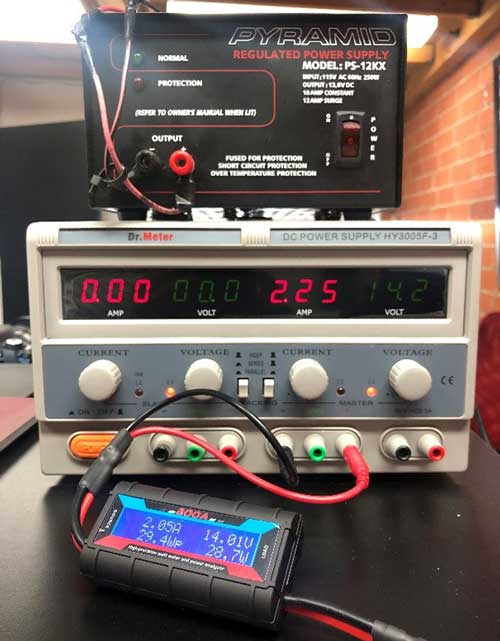
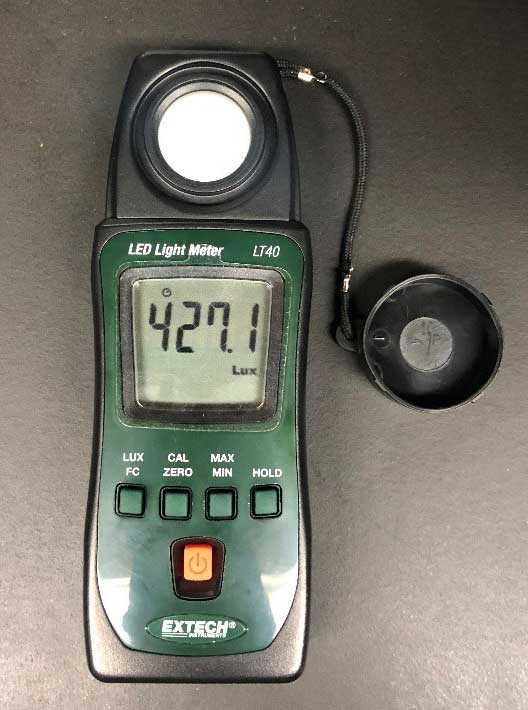
Temperature - It's getting hot, are we there yet?
Almost. Temperature is also a major factor in LED performance and life span. LEDs do not like heat and typically the brighter the LED, the more heat it creates, potentially shortening the life span of the LED bulb. After 10 minutes of sustained output, we measure both the temperature of the LED Chip, and the hottest point on the heatsink. The lower the temperature, the more efficient the light source is.
| Product | Distance | Volts | Amps | Watts | Dissipation | Time | Housing Temp | Bulb Temp |
| Stock HID | 15ft | 13.7 | 2.8 | 38.36 | Ambient | 600(s) | 81 F | 380F |
| Kepler D Series LED | 15ft | 13.73 | 2.85 | 39.13 | Fan | 600(s) | 79F | 114 F |
Charts - OK Show Me The Data!
When comparing the light output in Lux of a typical HID bulb and our Kepler Series LED bulb, there is no question what is better. The center of the beam (6, 7, 8, 9) on average double in lux output as well as the wider field (14L, 12L, 10L, 11R, 13R, 15R).

Comparison Pics - TLDR; What You Really Came To See
Let's look at the comparison photo. For those that are visual skeptics, all photos* were taken in the same light conditions with the same exact settings. The Kepler LED is by far the better bulb with superior brightness, a wider field of view and a much cleaner white color for night time visibility.
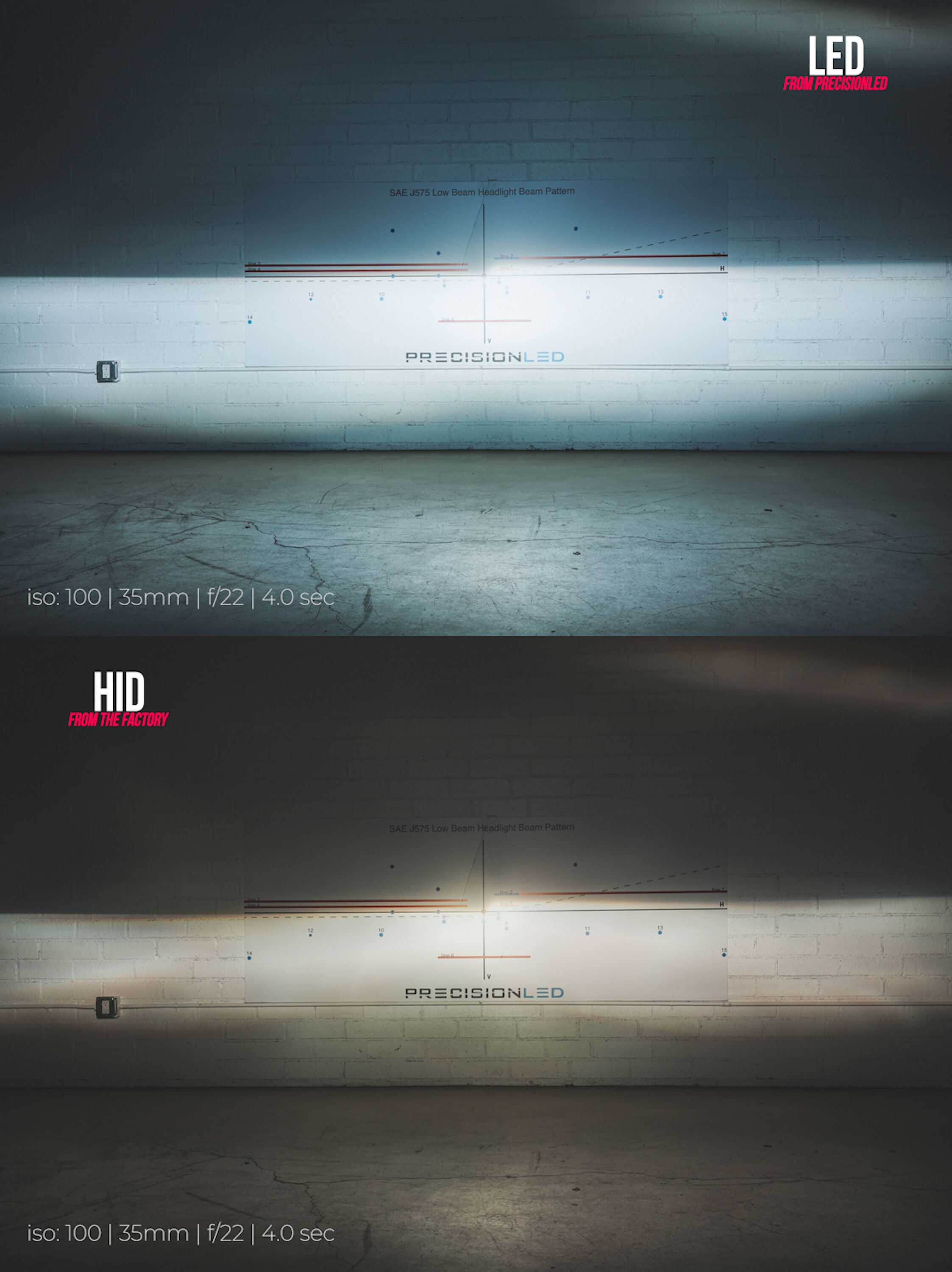
Videos
View AllCloseInstallation
Need help with your installation? Check out our Database of How To Instructional Videos as well as Documentation on various vehicle makes and models.








